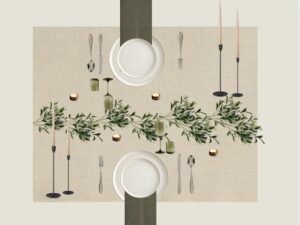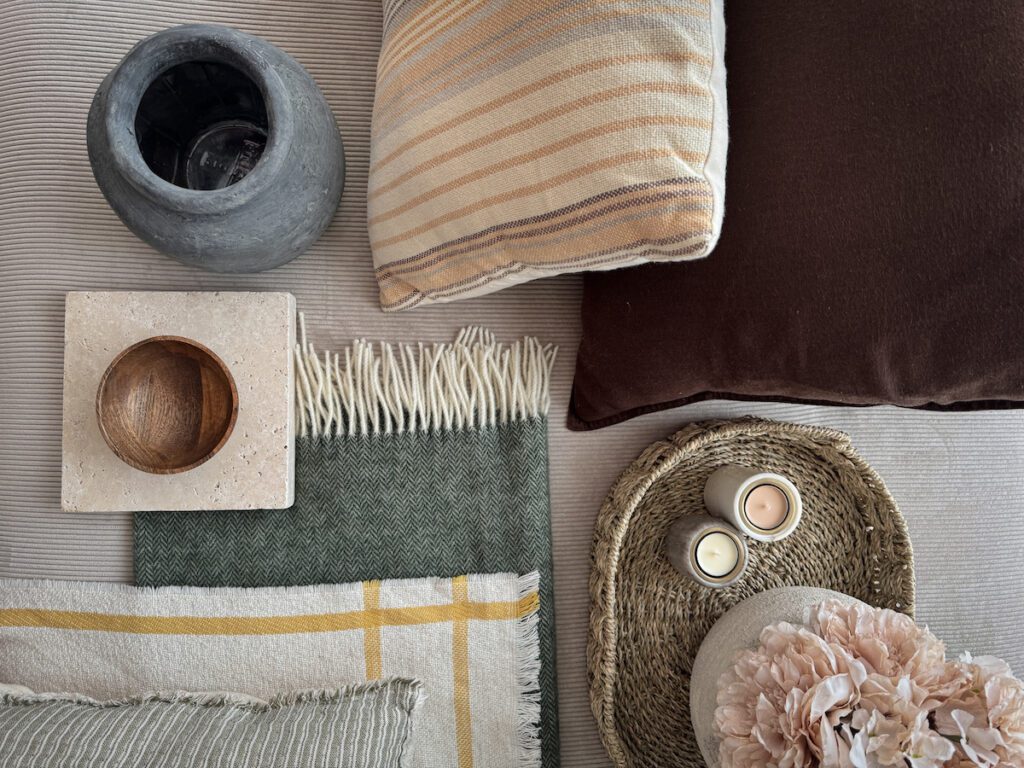
This post wraps up my mini-series on color in interior design. Previously, I explored how colors can shape our perception of a room and shared some tips on creating a color palette. Now, I want to share insights on how to actually implement that color palette because, yes, there are tips on how to achieve a harmonious room based on your color choices.
60:30:10 Rule
When a room speaks to me, the colors in it just seem to belong together, creating a natural, harmonious look. This isn’t just about the colors themselves but also how they are distributed, which is the purpose of the 60:30:10 rule: Provide guidance on achieving harmonious proportions of colors in a space. It’s usually described as follows: 60% of a room should be in the main color, 30% in the secondary color, and the remaining 10% in an accent color.
Trying to get a better understanding, I found the explanation from interior designer Frida Ramstedt, particularly helpful:
- 60% of the room should feature one or two main colors. Usually, walls and big furniture are considered here as they cover most of the space.
- 30% should consist of harmonious colors* that enhance the main colors. Small pieces of furniture are a good alternative.
- And 10% should be contrasting colors*, which can be achieved with decorative items.
Lastly, she explains that this rule can also be applied to single-color interiors, where the proportions refer to different shades or tones of the same color. This clarification was an eye-opener for me, as it helped me understand how the rule works in styles where the entire space features varying hues of similar colors (e.g., Japandi).
*Harmonious colors sit beside each other on the color wheel, while contrasting colors are opposite each other.
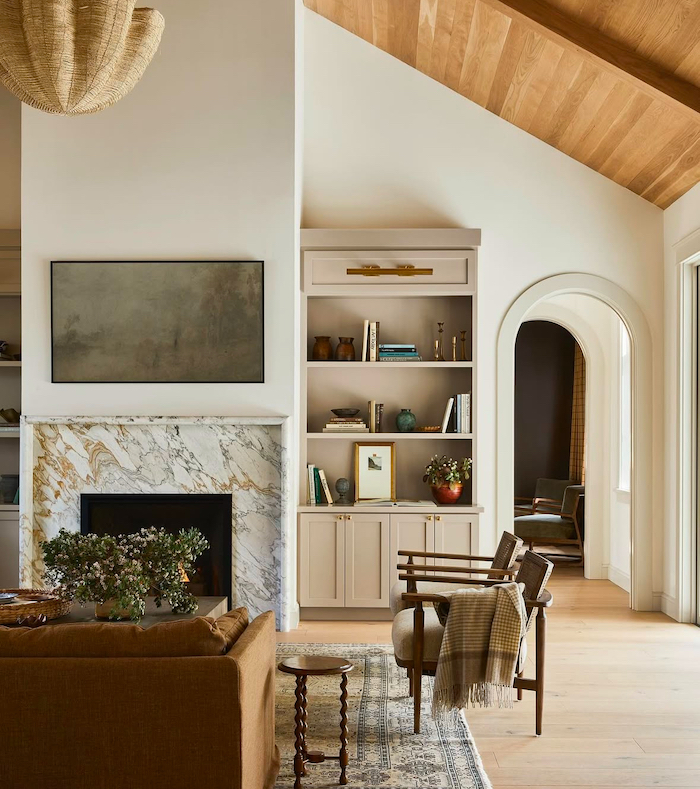
In this living room, off-white colors dominate the space. Contrasting copper tones in the sofa and fireplace veining, along with the wooden ceiling, act as accent elements. The rest of the room features muted tones of green, brown, and grey.
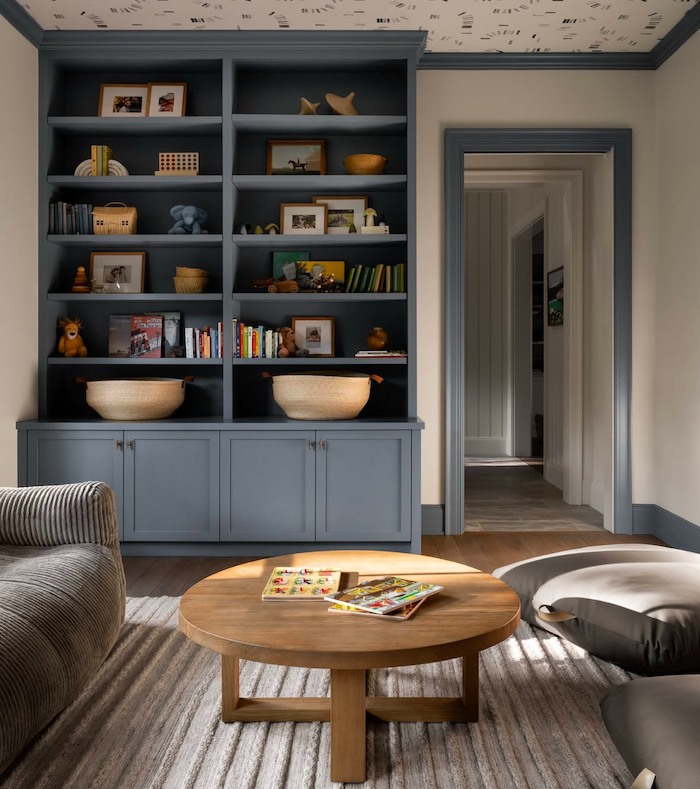
White and off-white, along with blue, serve as the main colors. This is enhanced by the grey furniture, and the wooden table adds the accent element.
Room Orientation
The orientation of a room affects its exposure to natural light, which in turn influences how we perceive the colors in it.
North-facing rooms receive less natural light, causing colors on the walls to appear cooler. To create a cozy atmosphere, it’s recommended to use colors with warm undertones. Even if you prefer white, look for paint that has more yellow or red pigments in it.
South-facing rooms are bathed in warmer daylight, which enhances the warmth of the wall colors. Depending on the feelings you want to evoke, choose colors with either warmer or cooler undertones.
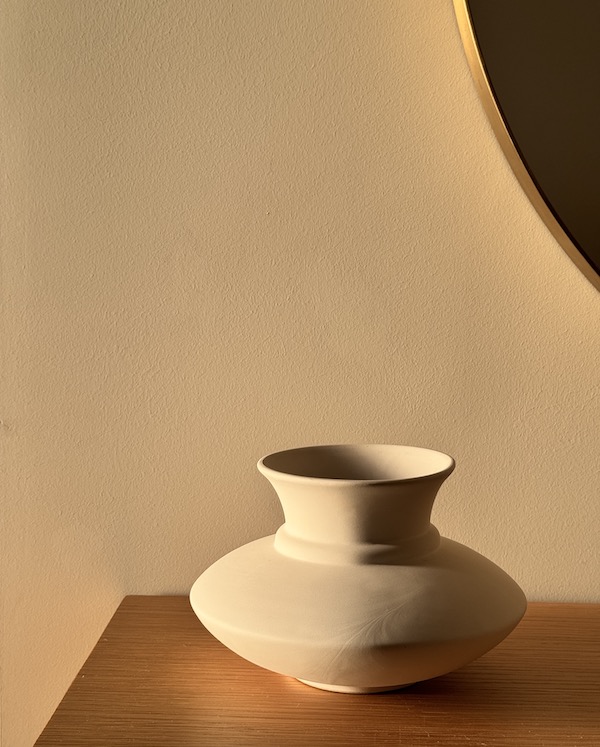
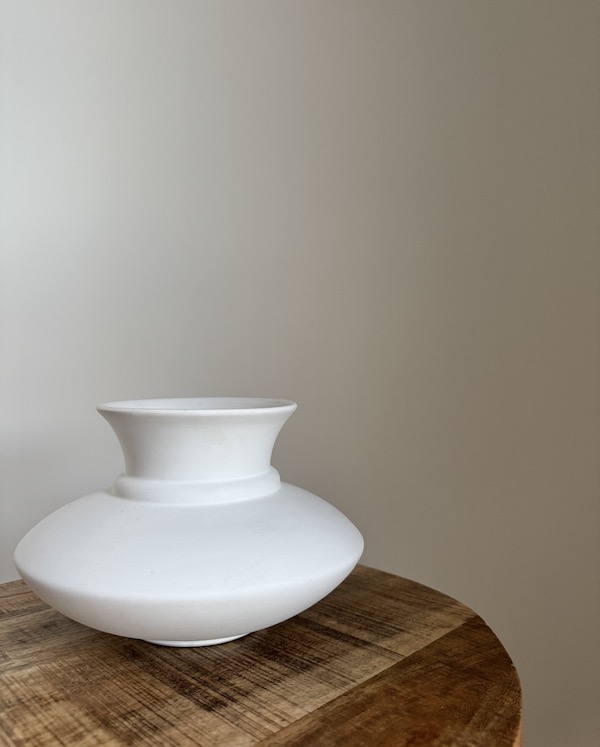
In the above pictures, both rooms have the same wall color. On the left is the south-facing room with warm tones. On the right is the north-facing room, where the color looks like a grey tone
Test Your Paint
My final tip is to test your chosen colors on your walls. A color that looks perfect in the store might appear different in your space due to variations in natural and artificial light. By sampling the paint and testing it on your walls, you can see how the color will truly look in your room.
Testing is also beneficial when deciding between different shades of the same color. Seeing the samples on your wall can make it easier and quicker to identify the perfect look for your space.
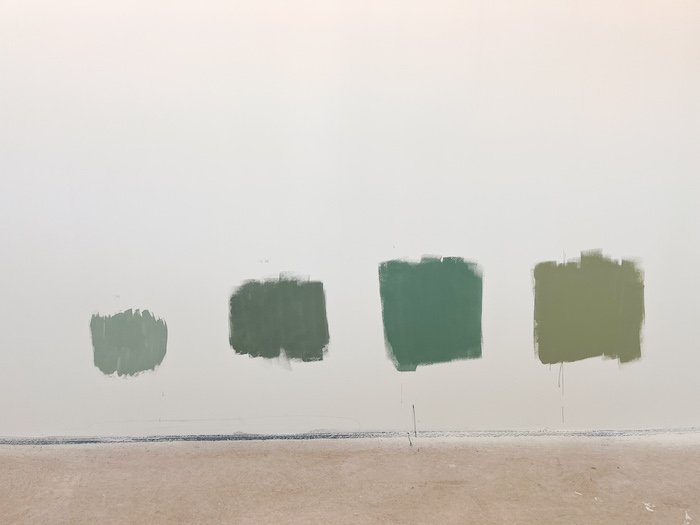
I was looking for a sage green, but I found multiple options. Some of them looked pretty similar at first. After doing the painting test, there was no doubt—a decision was made!
There you go! Hopefully, these tips will help you as much as they helped me!
Leave a comment
Don’t worry, your email won’t not be made public; it will only be used to send you replies to your comment.
See what others say
There are no reviews yet. Be the first one to write one.


